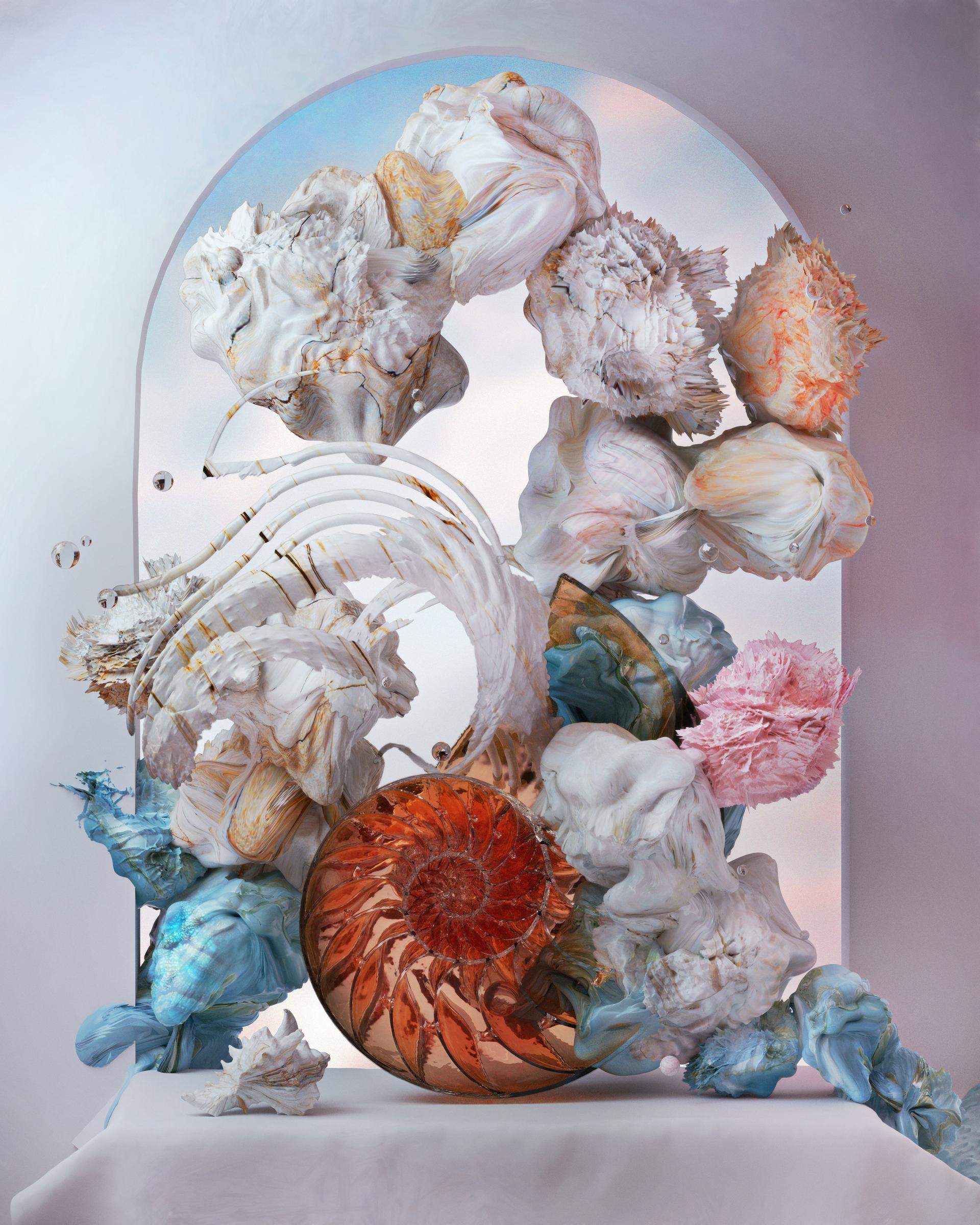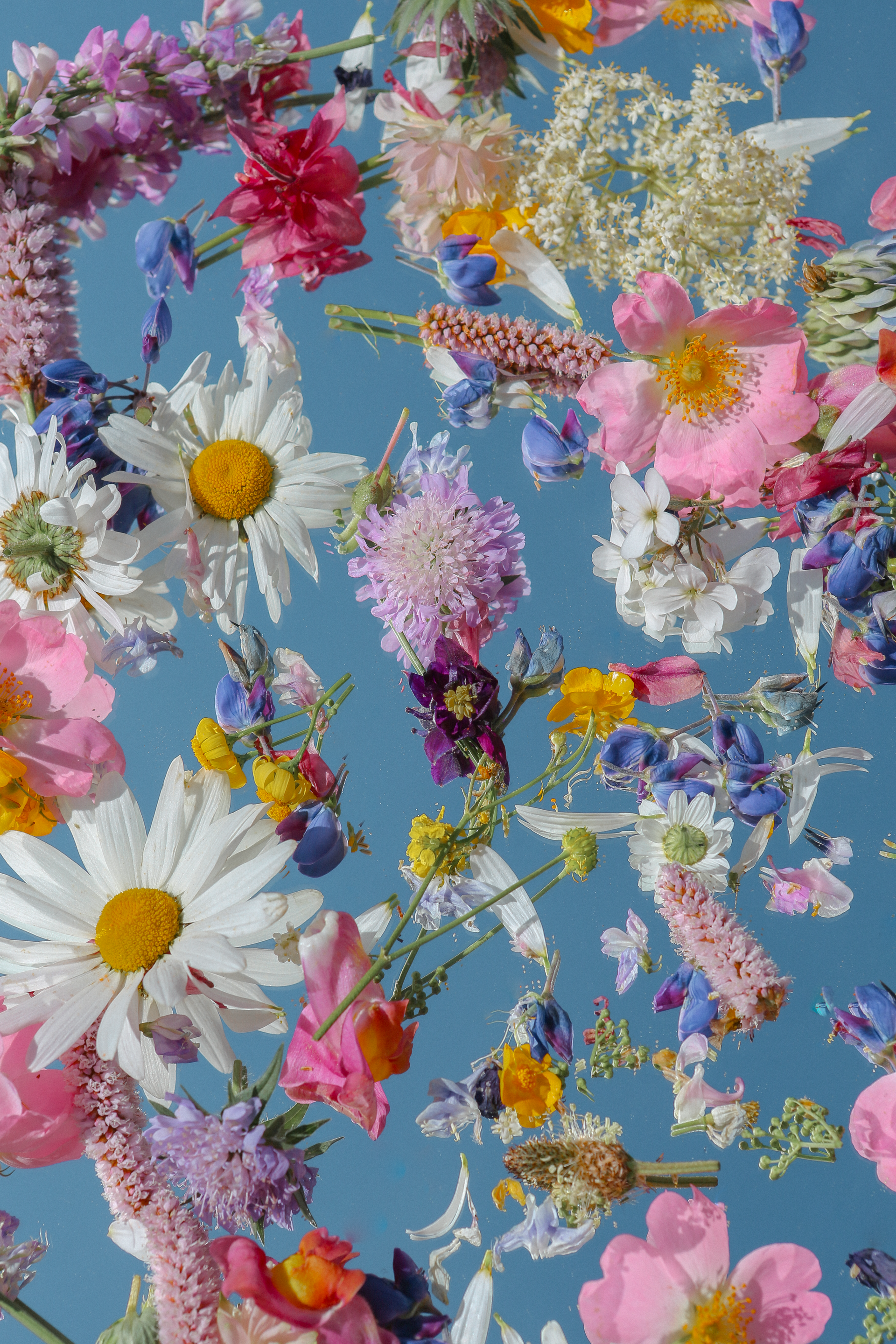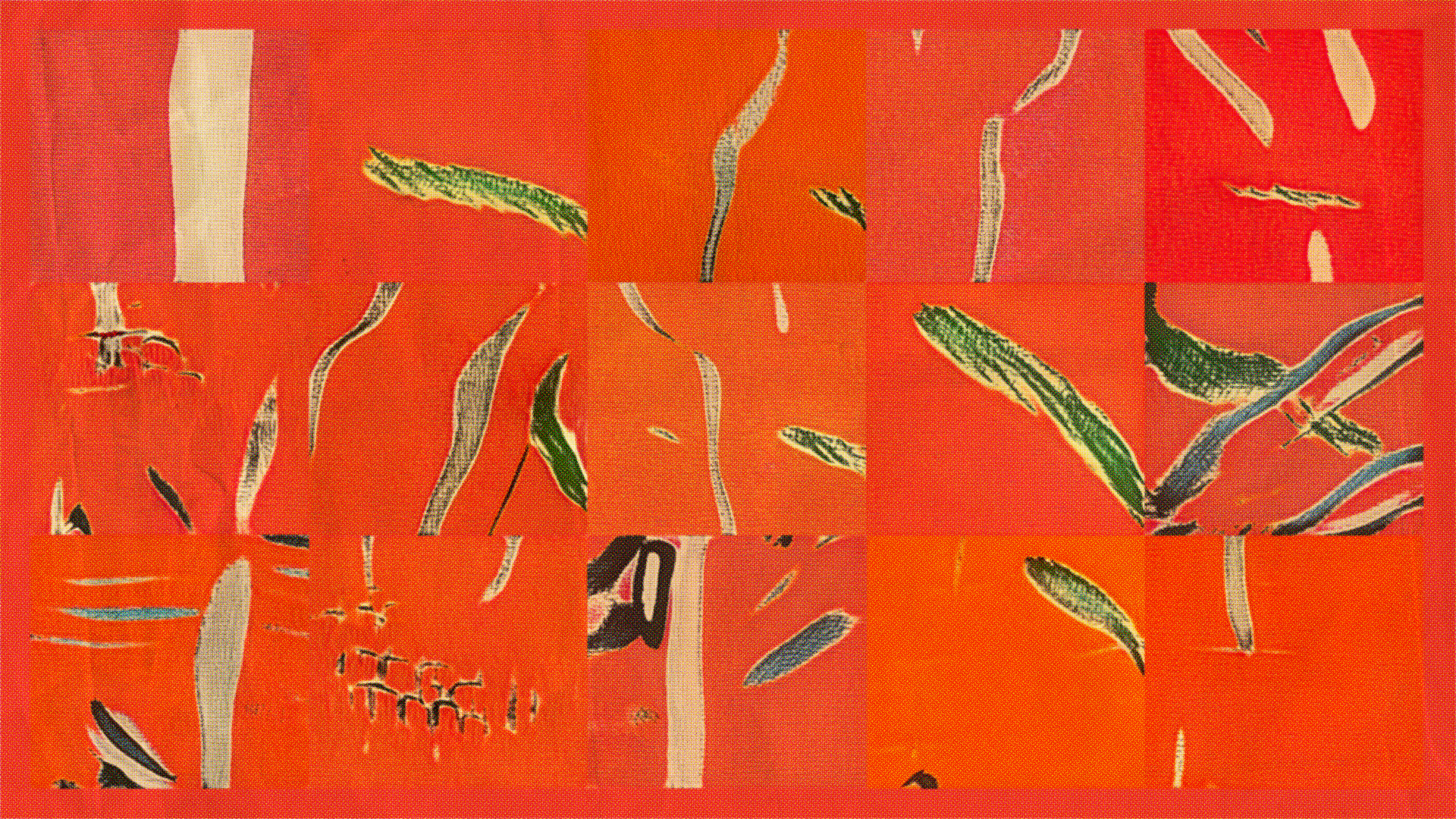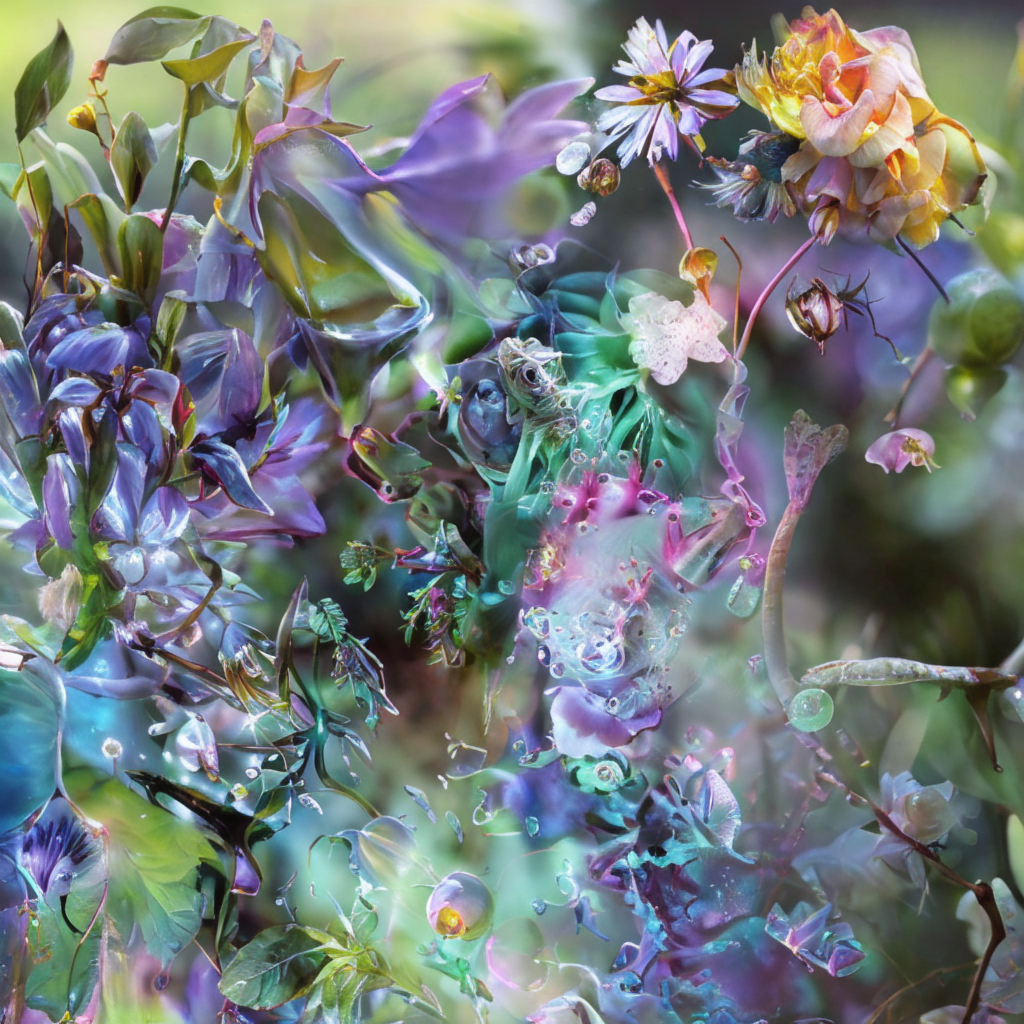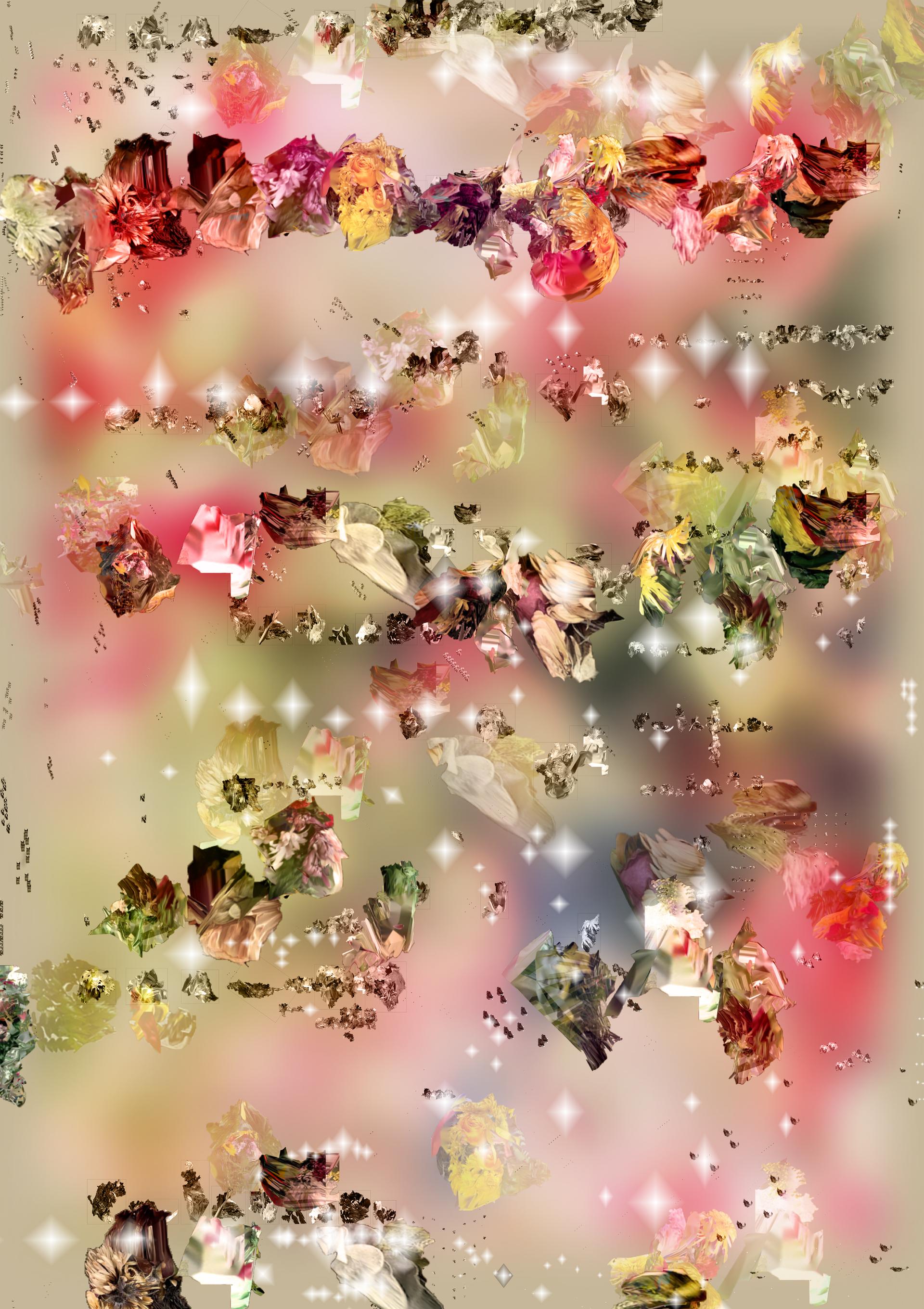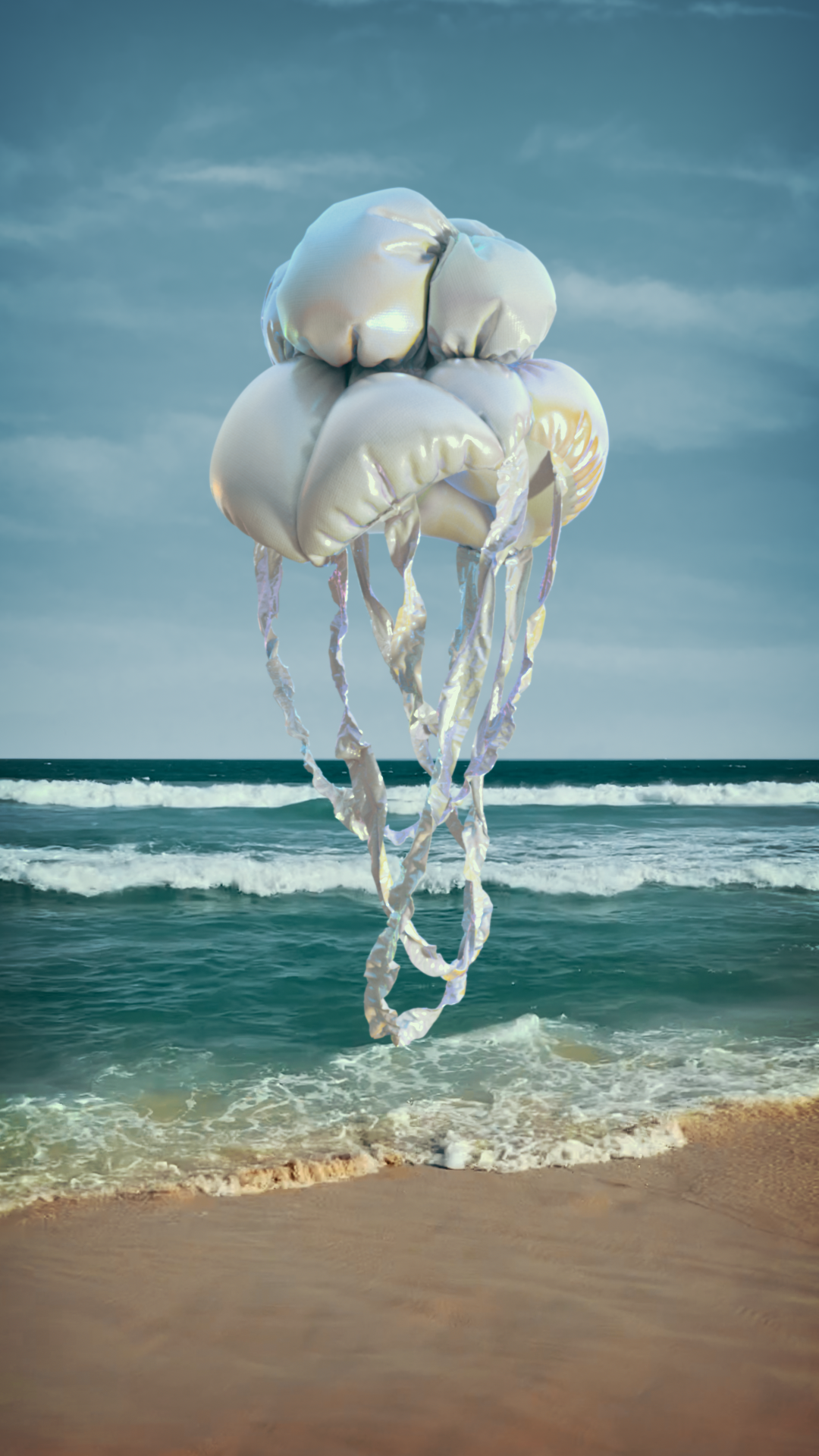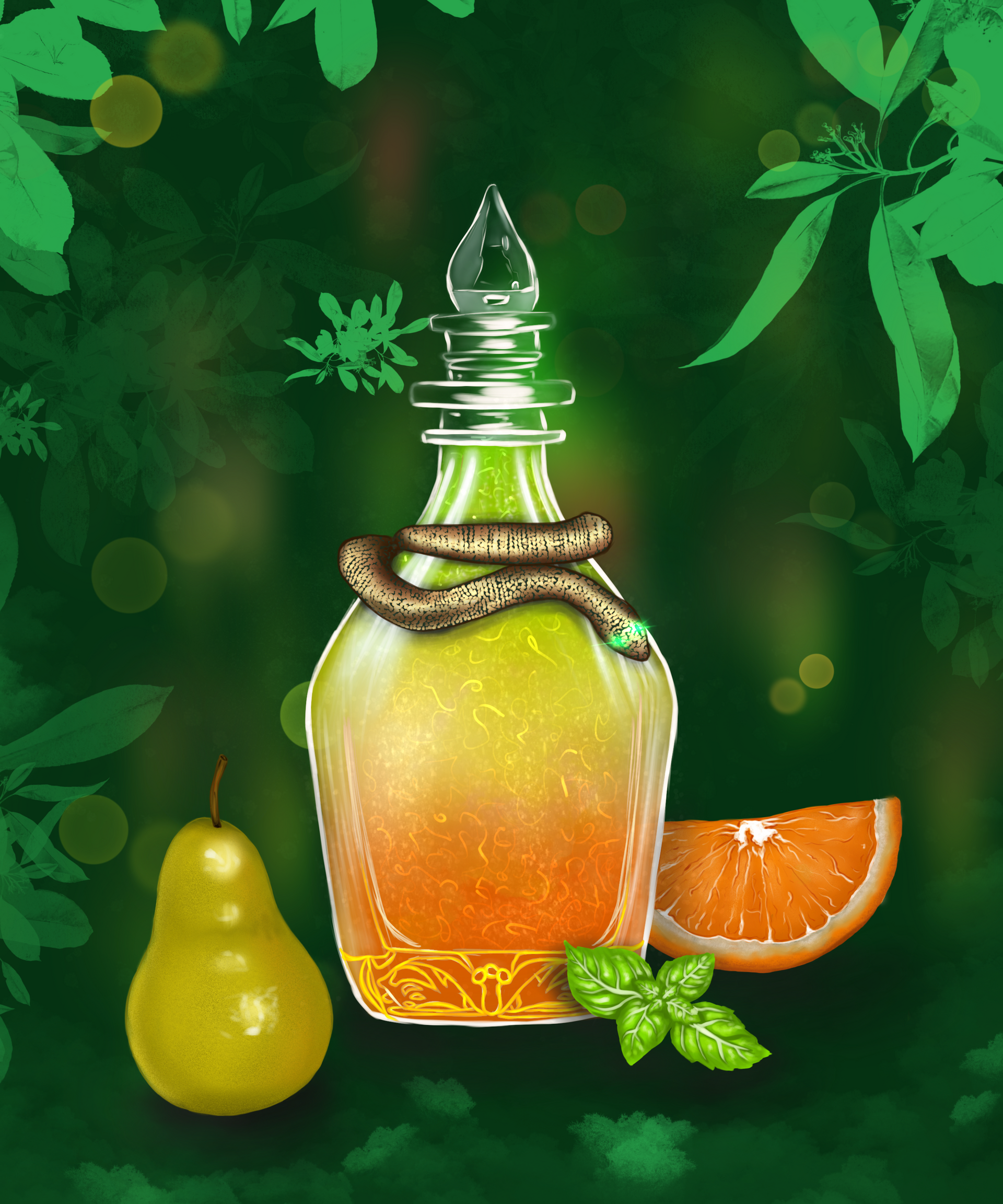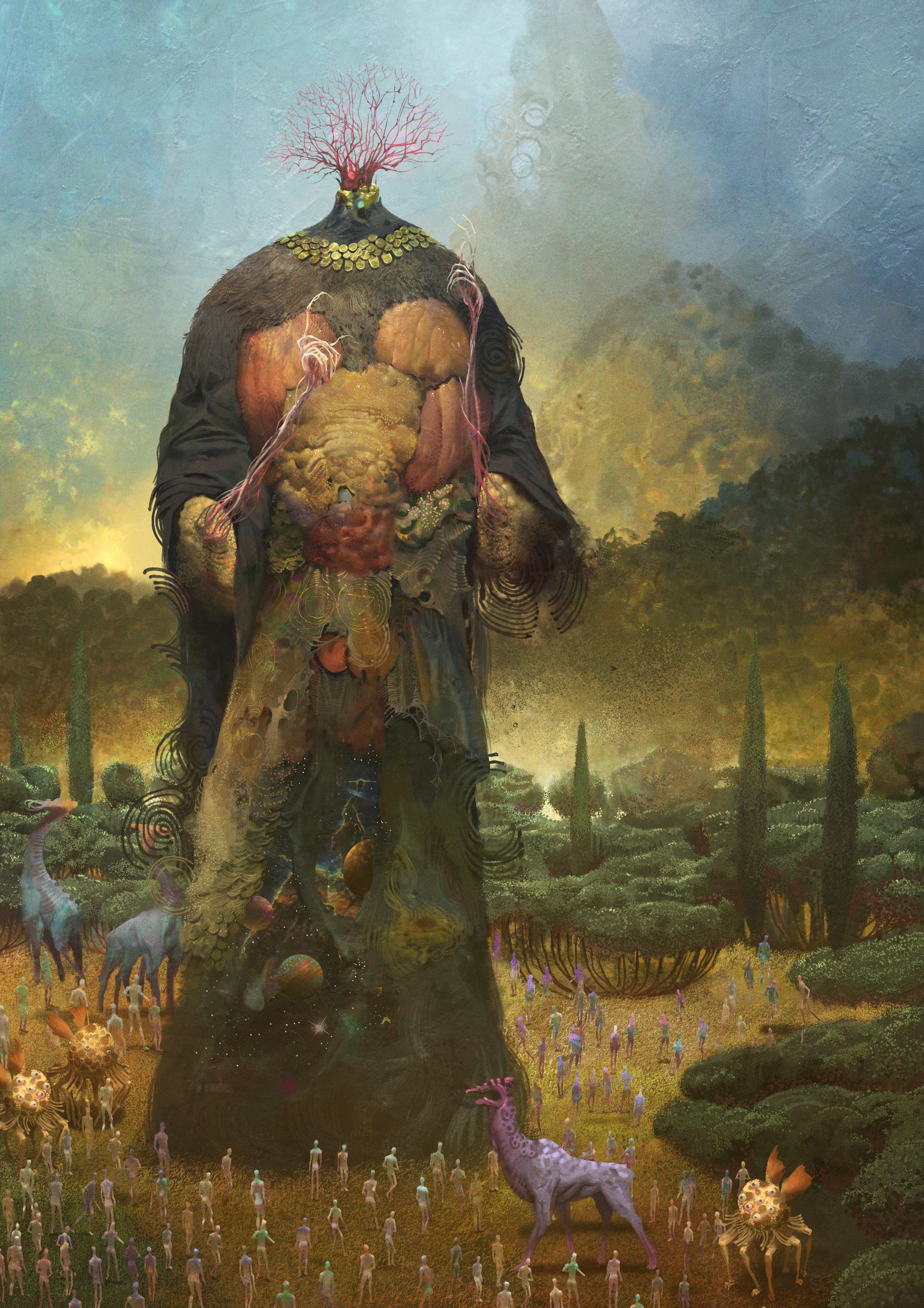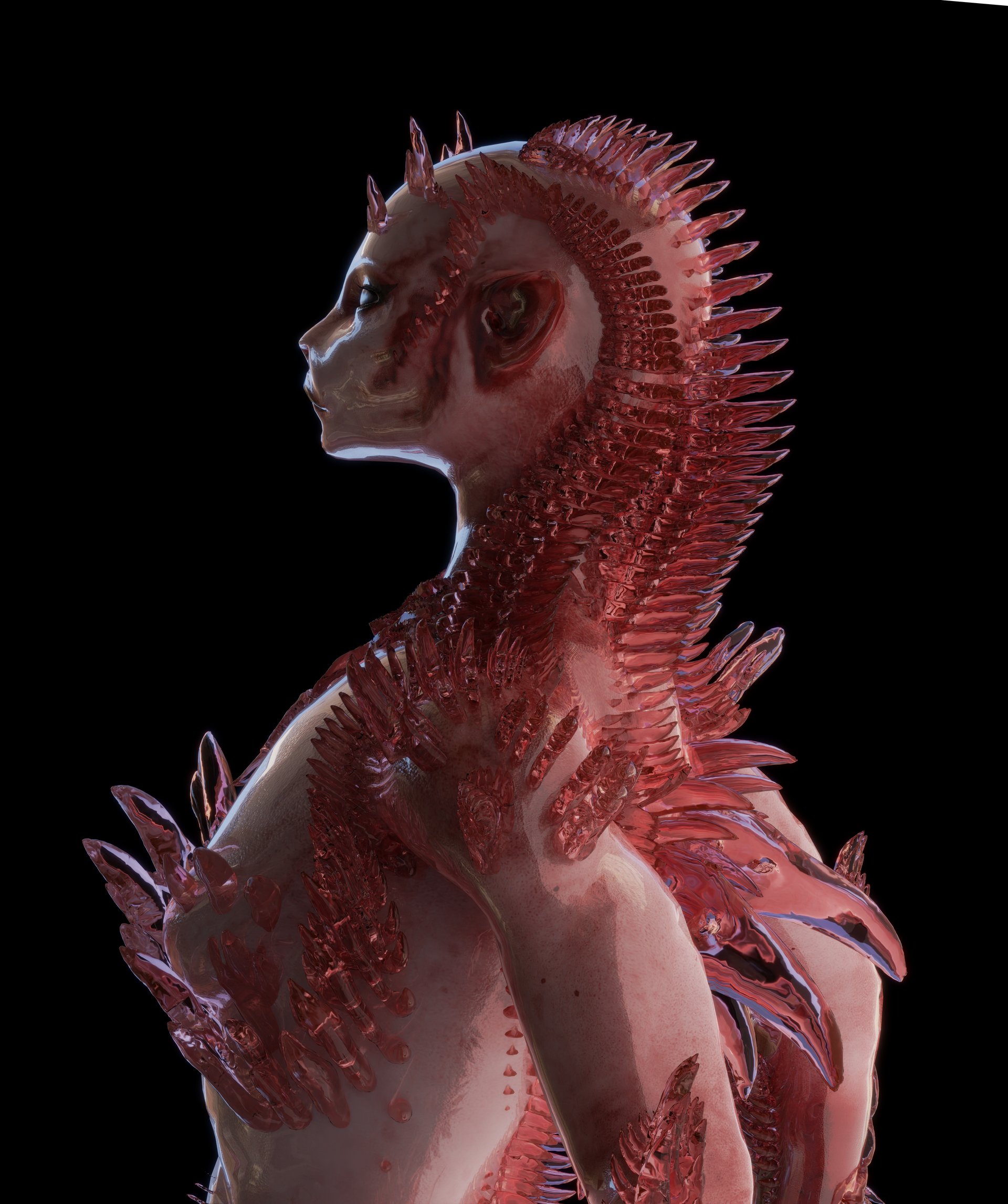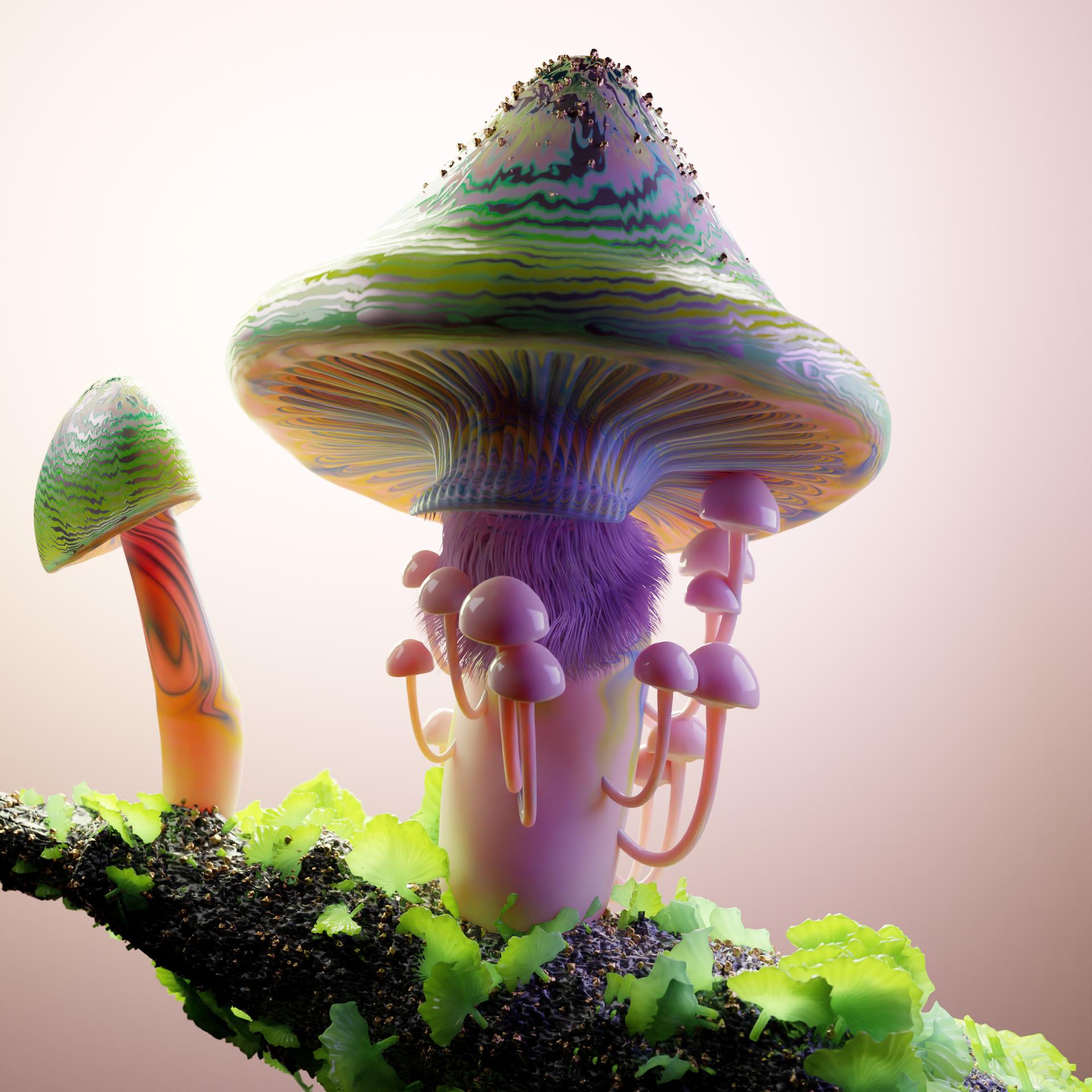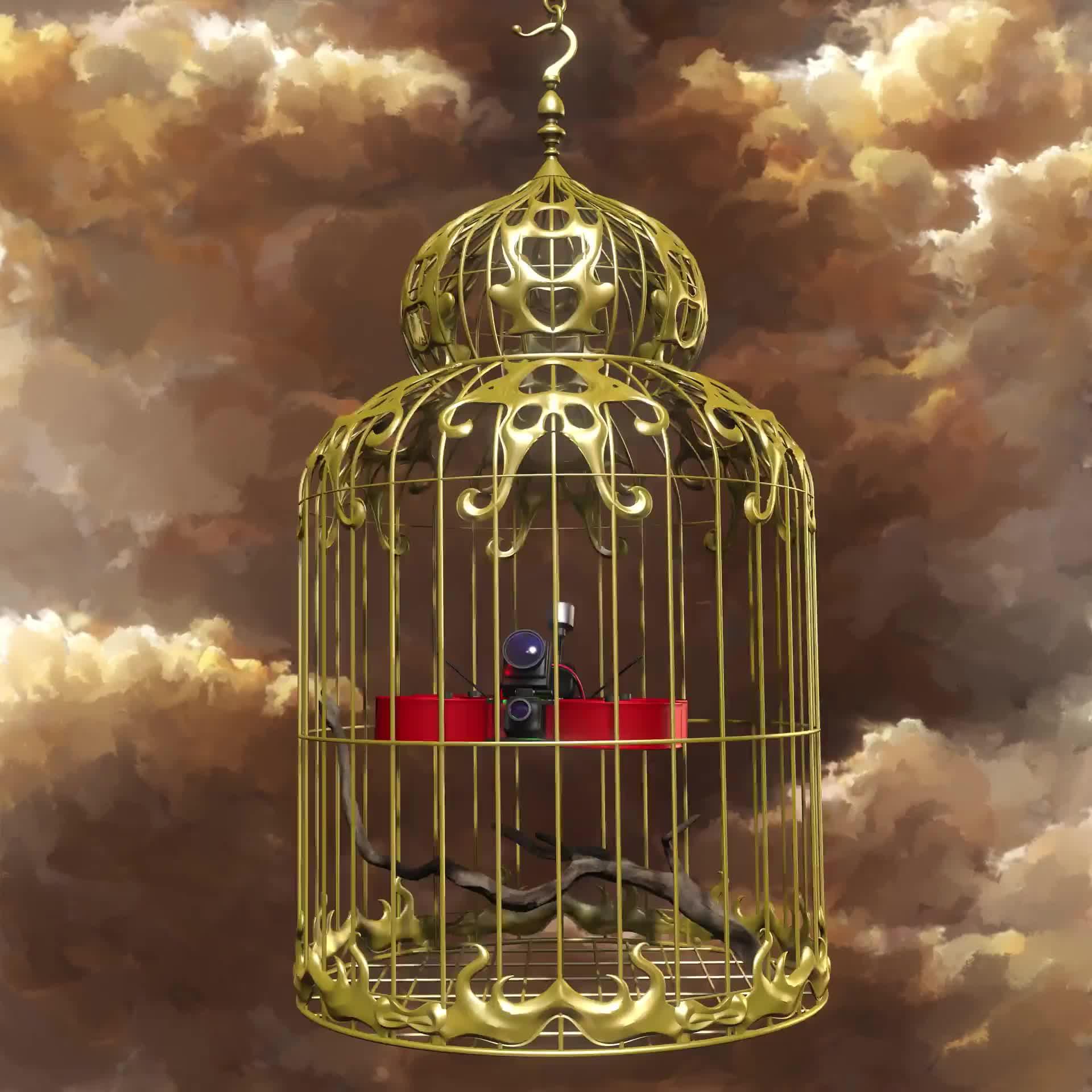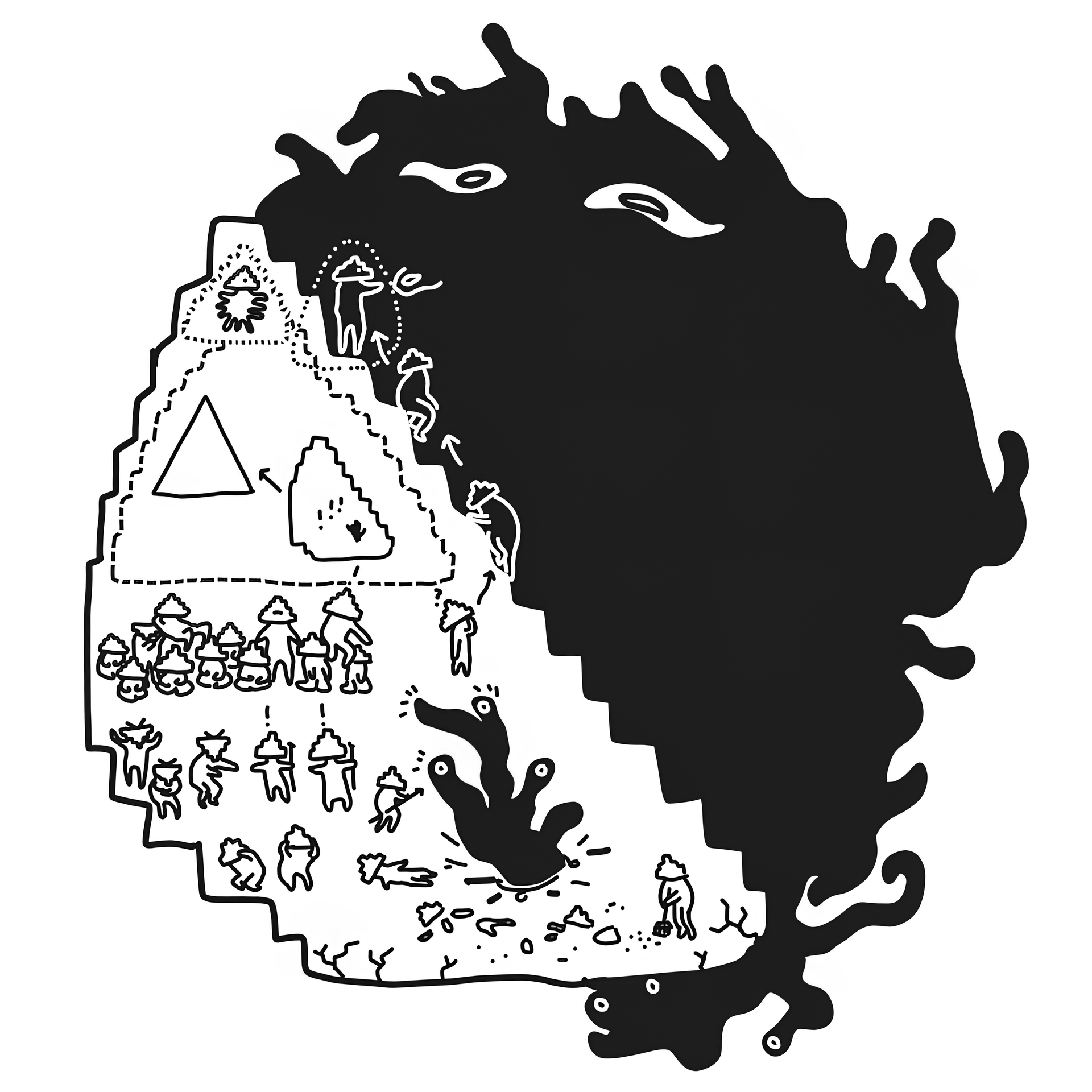Still life painting is a genre that showcases manufactured and natural objects. Despite their seemingly simple nature, these compositions require skilful placement and intricate arrangements, often imbued with symbolic meaning. Flowers, for instance, hold diverse interpretations, with vibrant blooms representing life, faith, growth, and power, while wilting flowers remind us of the fragility of existence. Seashells, another common element in still life paintings, symbolize birth and good fortune. Overall, still life arrangements explore the human relationship to nature, symbolizing our desire to extract it from its natural context and our attraction to its sublime characteristics. Historically, artists like Rachel Ruysch have masterfully employed intricate details and knowledge of flora to create visually stunning and symbolically rich compositions. Whether through the arrangement of objects or the portrayal of the natural world, still life “painting” offers a window into our complex relationship with nature.
Artists today are modernizing still life studies with digital tools such as photography, 3D rendering, and digital manipulation. A still life doesn't have to be static anymore. These artists push the boundaries of the genre and infuse it with a fresh perspective.
Still life painting is a genre that showcases manufactured and natural objects. Despite their seemingly simple nature, these compositions require skilful placement and intricate arrangements, often imbued with symbolic meaning. Flowers, for instance, hold diverse interpretations, with vibrant blooms representing life, faith, growth, and power, while wilting flowers remind us of the fragility of existence. Seashells, another common element in still life paintings, symbolize birth and good fortune. Overall, still life arrangements explore the human relationship to nature, symbolizing our desire to extract it from its natural context and our attraction to its sublime characteristics. Historically, artists like Rachel Ruysch have masterfully employed intricate details and knowledge of flora to create visually stunning and symbolically rich compositions. Whether through the arrangement of objects or the portrayal of the natural world, still life “painting” offers a window into our complex relationship with nature.
Artists today are modernizing still life studies with digital tools such as photography, 3D rendering, and digital manipulation. A still life doesn't have to be static anymore. These artists push the boundaries of the genre and infuse it with a fresh perspective.
